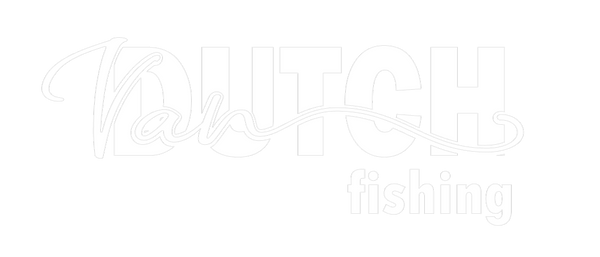
How to Tie a Bucktail Jig: Easy Step-by-Step Guide for Anglers
Share
When it comes to fishing, having the right lures in your tackle box can make all the difference. The bucktail jig, a classic and versatile fishing lure, is renowned for its lifelike appearance and irresistible movement in the water. Whether you're targeting bass, walleye, or saltwater species, a well-crafted bucktail jig can attract a wide variety of fish. In this step-by-step guide, we’ll walk you through how to tie a bucktail jig, from gathering materials to creating a custom lure tailored to your favorite fishing spots. With a bit of practice, you’ll master this skill and boost your fishing success!
Materials Needed for Tying a Bucktail JigTo create your own bucktail jig, gather these essential materials:
- Bucktail hair (natural or synthetic, available in various colors)
- Jig head (choose a weight suitable for your target fish species)
- Thread (match the color to your bucktail for a seamless look)
- Fly tying vise, bench vise, or locking pliers
- Scissors (sharp, precision scissors for clean cuts)
- Clear or colored epoxy (optional, for added durability)
- Feathers or flash material (optional, to enhance visual appeal)
- UV cure epoxy and UV flashlight (recommended for quick curing)

Step-by-Step Guide to Tying a Bucktail Jig
Step 1: Prepare the Jig HeadSecure the jig head in a fly tying vise, bench vise, or locking pliers. A stable jig head ensures precise work while tying your bucktail lure.
Step 2: Attach the ThreadWrap the thread around the jig head’s base, making several tight wraps to secure it. Trim excess thread for a clean foundation.

Step 3: Prepare the Bucktail HairSelect a bundle of bucktail hair and ensure the tips are even. Remove any short or broken hairs. For natural bucktail, use a hair stacker to align the tips neatly, creating a professional finish. Step 4: Tie in the BucktailPosition the bucktail bundle at the base of the jig head. Hold it firmly with your non-tying hand and make tight thread wraps to secure it. Trim any excess bucktail extending beyond the jig head for a streamlined look.

Step 5: Shape the BucktailSpread the bucktail around the jig head using your fingers to create a natural, tapered profile. This mimics the tail of a baitfish, making the lure more enticing to fish.
Step 6: Add Optional Materials
Enhance your bucktail jig with feathers or flash materials for extra flair. Secure these with tight thread wraps, either alongside or after the bucktail, to add visual appeal and attract more fish.
Step 7: Secure the BucktailMake several tight thread wraps around the bucktail’s base to lock it in place. This ensures durability, preventing the bucktail from loosening during casts or retrieves.

Step 8: Apply Finishing TouchesFor a polished, durable lure, apply a thin layer of UV cure epoxy to the thread wraps. UV epoxy cures in seconds under a UV flashlight, making your jig fishable immediately. Affordable UV flashlights are available from retailers like Amazon or specialty fly-tying shops.
Step 9: Final TrimmingTrim excess thread and gently comb through the bucktail to maintain its natural appearance. Inspect the lure to ensure a clean, professional finish.
Why Tie Your Own Bucktail Jigs?Tying your own bucktail jigs is a rewarding skill that offers several benefits:
- Customization: Create lures tailored to the fish species and lakes you target, giving you an edge over other anglers.
- Cost Savings: Save money by crafting your own lures instead of purchasing pre-made ones.
- Unique Patterns: Design exclusive patterns that stand out from commercial lures, increasing your chances of a big catch.
Tips for Success
- Practice Makes Perfect: Start with simple designs and experiment with colors and materials as you gain confidence.
- Match the Hatch: Choose bucktail colors that mimic local baitfish for better results.
- Invest in Quality Tools: A good fly tying vise and UV cure epoxy will streamline the process and improve your lures’ durability.
- Explore Online Resources: Check out fishing forums or YouTube tutorials for advanced bucktail jig-tying techniques.
Tying a bucktail jig is an accessible and rewarding skill that enhances your fishing experience. With just a few materials and the steps outlined above, you can craft custom fishing lures that attract a variety of fish species. Start tying today, experiment with unique patterns, and get ready to reel in impressive catches with your handmade bucktail jigs!
